At our 6th Auction – coins of the first elections
Welcome cordially 🙂
Today, a post a bit later, in which we will focus on coins from the 16th century – on the coins of Henryk Waleze, pennies from the Siege of Gdańsk and on the most interesting coins from our Stefan Batory auction.
Henryk Walezy was the first elected King of Poland. The choice was made by 50,000 people near the village of Kamień, on the right bank of the Vistula River, near Warsaw in the present part of the city of Praga-Południe. The coronation took place on February 21, 1574, but after less than 5 months of ruling the country, the ruler, having learned of his brother’s death, secretly left the country on the night of June 18-19, 1574, leaving the country without a king. Despite numerous promises, he did not return to Poland. Despite a relatively short episode, he went down in the history of our country and left a few coins that collectors willingly include in their collections. On November 22, we will offer you a circumference copy of a quarter of a franc from 1587 from the Rouen mint, which is rarely sold. The coin has a nice, natural patina and shine. Starting price PLN 400.
Two more coins are closely related to the second elected ruler of Poland – Stefan Batory, who in 1577, as the King of Poland, wanted to subjugate Gdańsk. The siege lasted 10 months, and during the state of war, the army had to be paid, therefore a very interesting and characteristic coin was minted, with Jesus Christ on the obverse and the Gdańsk coat of arms on the reverse. Initially, the silver came from the Church of the Virgin Mary, 540 kg of valuables were allocated for this purpose. The minting of silver coins was originally commissioned by Kacper Goebel – the inventor of the mint press. Goebel ran the town mint together with Wilhelm Schrciehen until the end of August 1577, when he was accused of appropriating over 4,000 already minted thalers. As a consequence, on October 14, the city entrusted the issue of silver denominations to another mint maker, Walter Talleman, brought from Lübeck.
Our first coin that we want to present is from the initial stage of minting by Talleman. A variation without the sign of Walter Tallemann, but stylistically betraying the production in his time, as already mentioned by Count Hutten-Czapski. Tallemann’s issue of the unsigned jackdaw with the characteristic ending of the GEDANENS legend (known for the variety with jackdaws on both sides) is the second rarest issue of siege pennies from 1577. Kurpiewski already rated it high R5, giving the rarity R6 only to two varieties with the Tallemann mark on both sides. The second copy – nicer state is without the Walter Tallemann mark, so it was minted during the management of the mint by Kacper Goebel, who was dismissed after about two months of production due to reports of misuse in minting.
Next, we can move on to Stefan Batory’s coinage. Undoubtedly, the rarest item from the reign of this ruler from the upcoming auction is a penny from the first half of 1580, with the Glaubicz coat of arms of Jakub Rokossowski, who held the office of Treasurer of the Great Crown only in that one year.
Despite the poorer condition, the coin is worth attention because of its rarity, as appreciated by catalog creators. The year 1580 with the Glaubicz coat of arms, regardless of the denomination, is one of the most sought-after Batory coins. Item occasionally appears in trade.
Another coin is the Gdańsk penny from 1579, the second and last year minted during the reign of Batory. Stylistically interesting item in good condition.
At the end of today’s post, we left a selected triplet that will appeal to both collectors of the coins of the elected ruler and the triplets themselves. The offer will include, among others, the mint 1583 mint from the mint in Vilnius with the coat of arms of Leliwa Podskarbi Wielki of Lithuania Jan Hlebowicz under the bust, the beautiful Olkusz triple from 1584 in a variation without additional signs and initials. Characteristic variant with crosses in the reverse legend. Additionally, appreciated by NGC, so far the highest of the MS63 notes. Finally, we left the exquisite Riga triplet, including the punctuation of the obverse and the reverse of 3 groszy from 1584, not described in Iger, in the highest note MS65 in a beautiful golden patina, a specimen copy of the triple 1586 in a variety with a bust with a small head, in a variant not described by Iger punctuation with the same diamonds on the reverse, as one of the few triplets in history appreciated with the MS66 * note (with an asterisk), which means that the copy is of extraordinary beauty! For dessert, two slightly worse, but still delicious, copies in the MS63 notes.
For more, please visit www.rda.onebid.pl

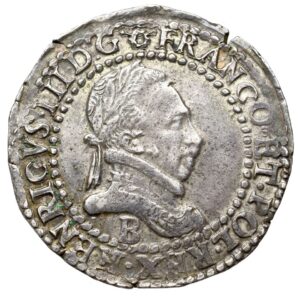
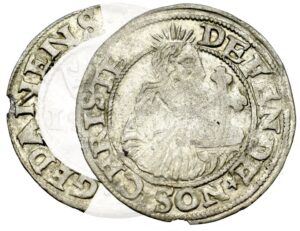
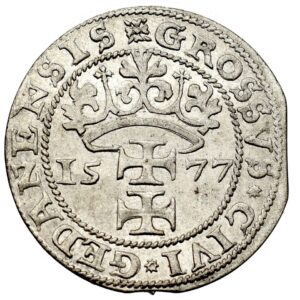
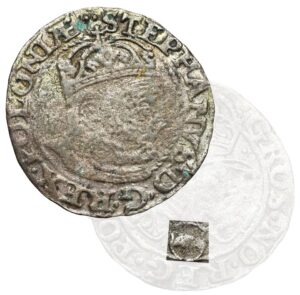
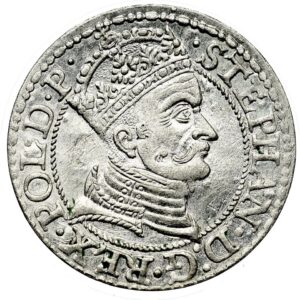
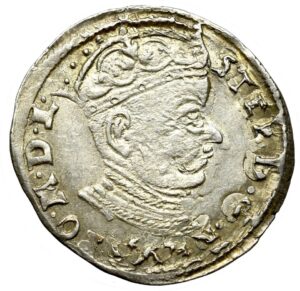
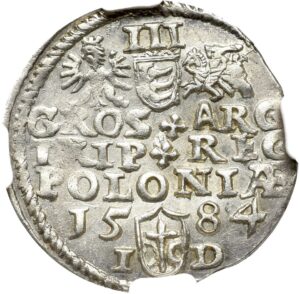
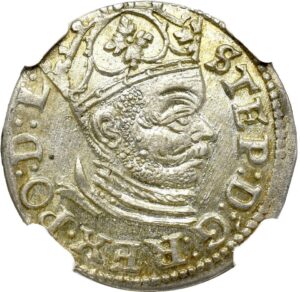

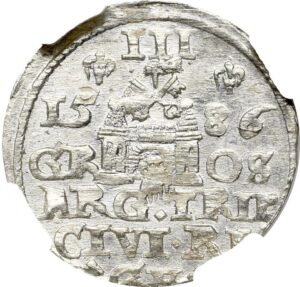
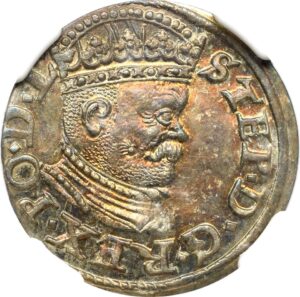
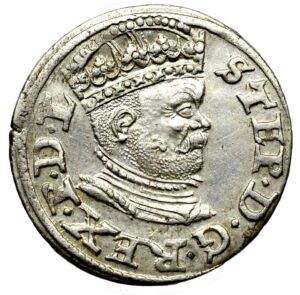
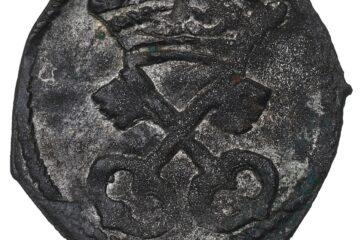
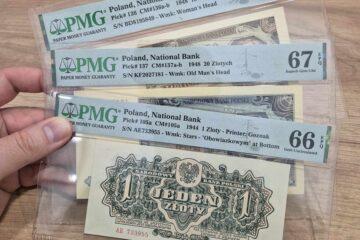
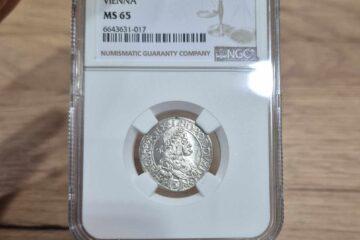
0 Comments